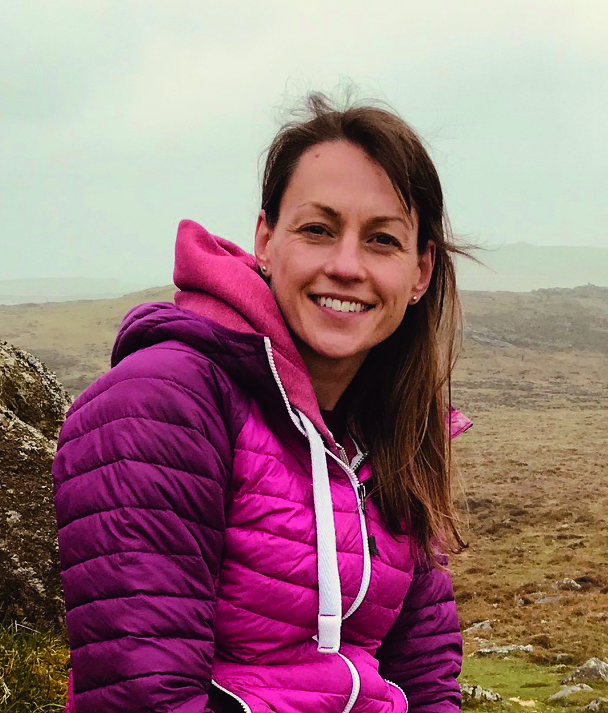When David Attenborough himself tells you we need to save our planet, you sit up and take notice.
This is what the legendary broadcaster aims to do in Our Story with David Attenborough, a stirring, 50-minute immersive exhibition at London's Natural History Museum.
"My hope is that visitors will come away feeling inspired, informed and empowered about their role in our world," he says. "This is our story, and we can all play a significant role."
As the most revered voice in natural-history broadcasting floats across the room, still and moving images are beamed onto the four walls and floor, offering a 360˚immersive viewing experience – the first of its kind for the museum.
"Being surrounded by things is the way we perceive the world - it feels more real, more tangible, more visceral," says Jonnie Hughes, co-founder and director of Open Planet Studios, which produced the installation. "Having a shared audience experience is very human, and engages you in a different way than if you were on your sofa. And basing it at the Natural History Museum is a dream ticket – people are generally here in the right frame of mind."
The experience, which opens on 19 June, takes place in the museum's Jerwood Gallery, where, perched not in rows of cinema seats but on scattered benches, up to 100 viewers at a time are presented with a spectacular array of footage and animation, delivered onto five inter-connected screens by no less than 24 projectors. The visuals change rapidly - every few minutes you're in a different environment, from a prehistoric seabed with bubbling hydrothermal vents to an African savannah complete with sprinting cheetahs. It's vibrant, stirring and surprising, and you don't always quite know where to look.
Sir David gives a brief history of evolution – from the formation of microbes, to the evolution of complex life-forms and intelligent beings and, eventually the rise of humankind. At one point, huge, eerily glowing mushrooms paint the walls, while the floor is cast with a dazzling network of mychorrhizal fungi.
With a family audience in mind, Our Story is over-arching and digestible (we go from early humans in caves to the moon landings in about five minutes), and the script is sparing, giving you the chance to breathe it all in. "It's a very lofty, very grand narrative. There's lots going on with the space, sound and vision – but that gives the perspective that we're trying to win," says Jonnie.
"We're all faced with constant news feeds and it's terrifying – we feel out of control, yet planetary science is very advanced. We understand exactly how the Earth works and what's causing it to be unstable – and how to get it right again. There's no lack of knowledge, it's about how we put that knowledge in place. There's a lot to be excited about."
"It's very like how you'd encounter a group of gorillas in the wild"
While dinosaurs are notable by their absence, key stop-off points in Our Story include a sequence of mountain gorillas in Bwindi, Uganda, a species that is emblematic on many levels. These are highly intelligent creatures with complex social bonds and means of communication; they are a conservation success story; and of course, Sir David himself had that iconic encounter while filming Life on Earth in 1979.
We wait among the thick foliage until a gorilla emerges on the end wall. "It's very like how you'd encounter a group of gorillas in the wild," says Jonnie. "The grunts are based on greetings, noises that say, 'you're allowed here'. It feels very real."
Another memorable moment is the sequence depicting Apollo 11. You're inside the capsule, a torch and roll of duct tape floating past, hearing original NASA archive audio. You wonder where the scene is going – then you see the astronauts' view of Earth, something that, of course, had never been seen before. "We know now just how powerful that image was, in making us realise how precious and vulnerable and finite Earth is," says Jonnie.
Putting a human on the Moon is just one of the many incredible feats humankind has achieved. We've cured disease, created wonderful art and music, and invented all manner of ingenious technology that save lives and keep us connected. But we've also damaged the biosphere that we depend on.
"If we don't change our ways, it won't end well," warns Attenborough, as the visuals fade to just his face. "There will be more mass extinctions, and the generations that follow will be trapped on a planet that can't support our kind."
"But it doesn't have to be that way. Solving problems is our superpower, so let's use it for good. Humans are intelligent – can we also be wise?"
Our Story with David Attenborough opens at the Natural History Museum's Jerwood Gallery on 19th June, with eight showings daily. Adult tickets £20, suitable for age 8+. Available till January 2026.
Main image: Our Story with David Attenborough. Credit: Trustees of the Natural History Museum





